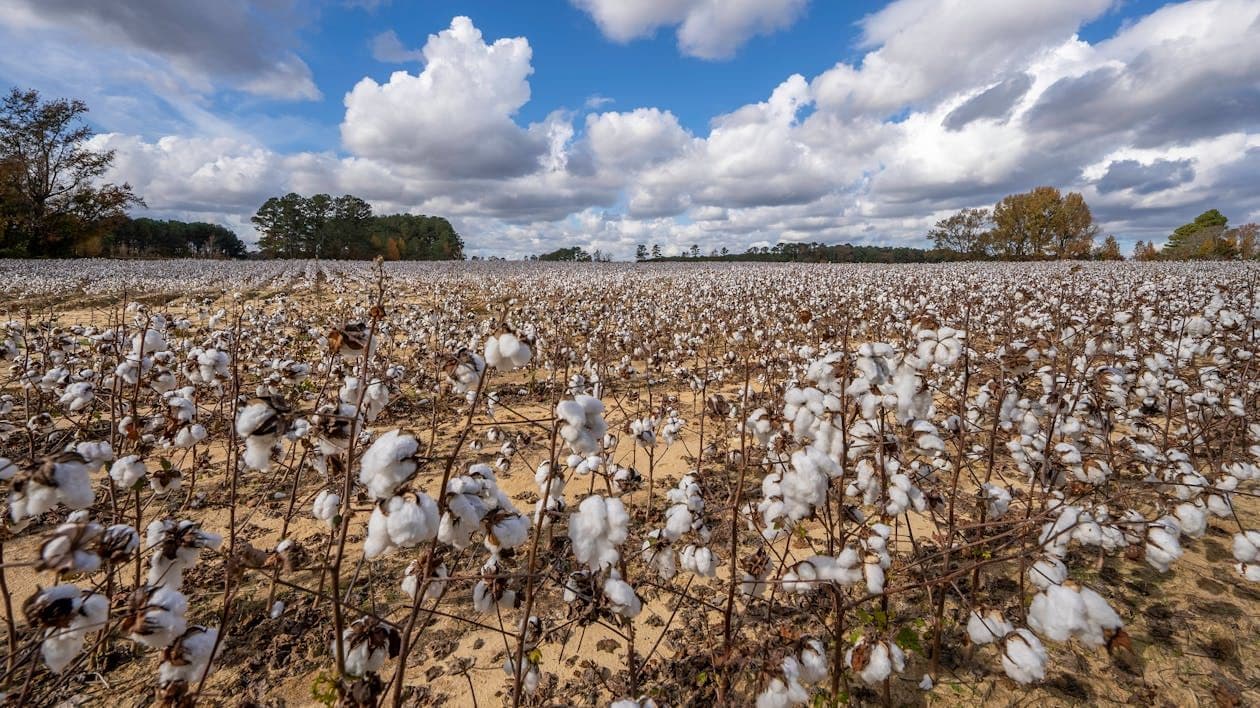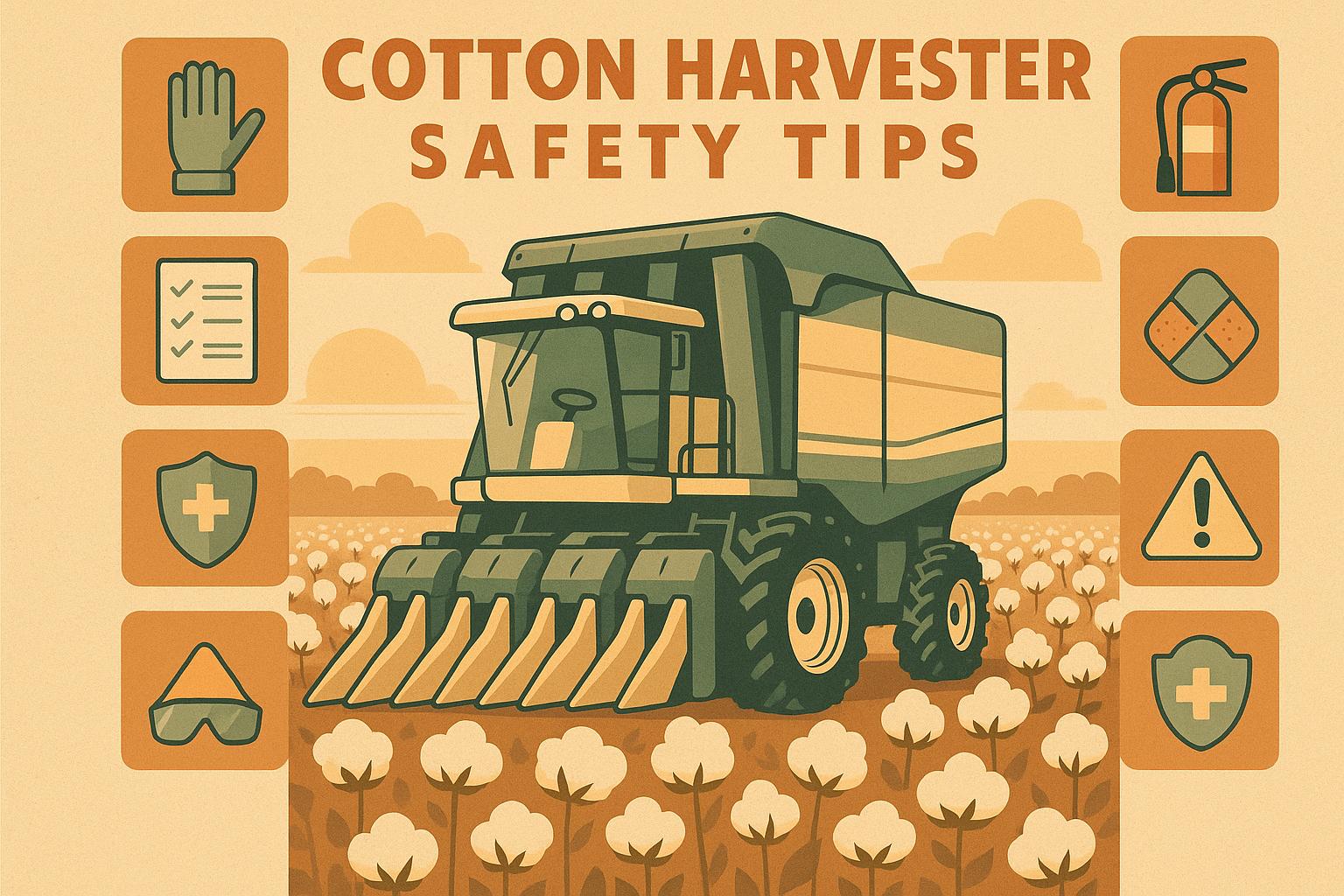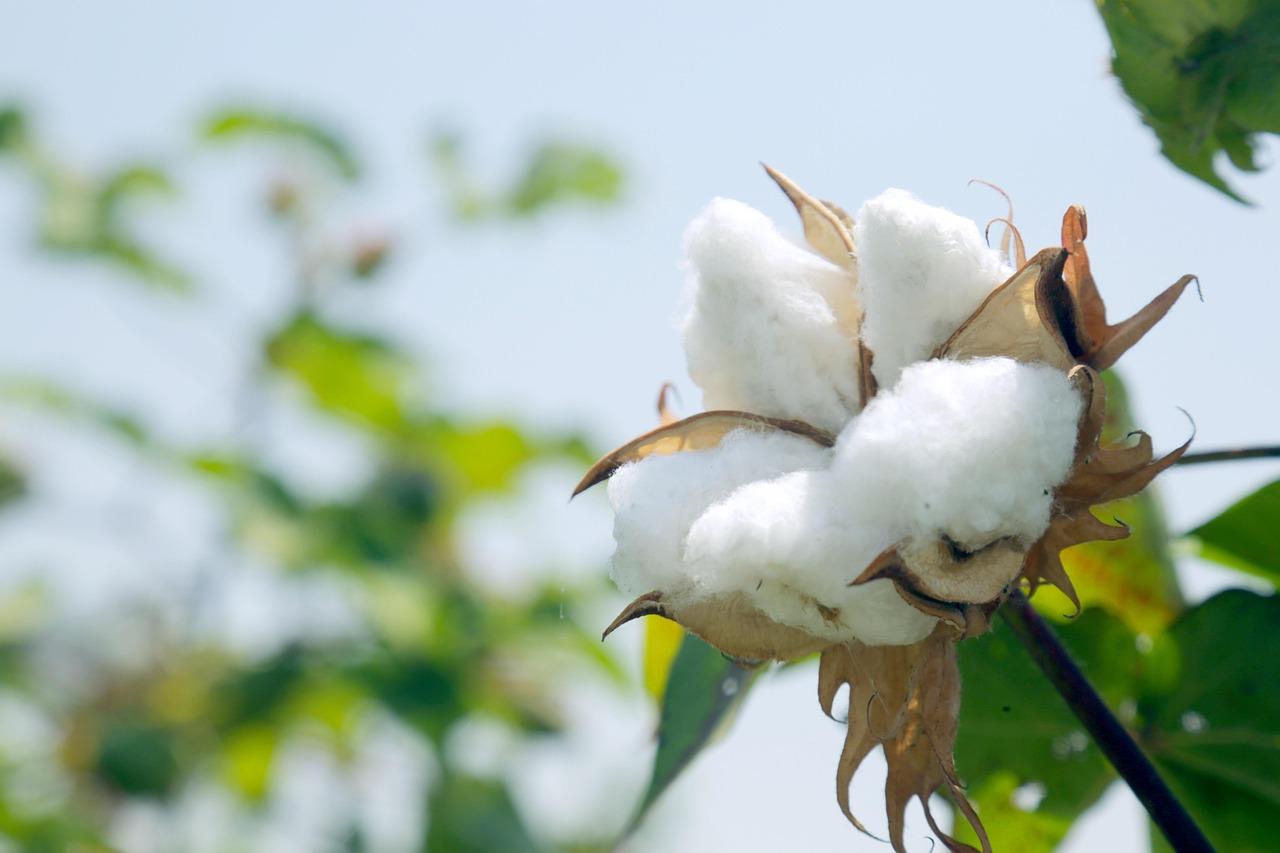Executive summary (TL;DR)
- Adopt variable rate technology in cotton farming by mapping soil zones with EM surveys—apply 20-30% less inputs while boosting yields up to 15% in variable fields.
- Integrate VRT with GPS-guided applicators for precise NPK distribution; calibrate annually to cut overlap waste and hit optimal rates like 100-120 lbs N/acre on high zones.
- Monitor ROI with yield maps and sensors—expect 10-20% cost savings on fertilizer, making VRT a no-brainer for fields over 100 acres.
Related Post: For complementary precision tools, check out our post on Cotton Precision Planting Techniques.
Look, if you've been farming cotton for a decade or more, you've probably stared at a field that's half sand and half loam, wondering why your blanket applications are leaving money on the table. One side's drowning in nitrogen while the other's starving, and come harvest, those yield maps tell the story. That's where variable rate technology in cotton farming comes in—it's not some fancy gadget for the tech crowd; it's a practical tool that's been paying dividends for growers who know their dirt inside out. I've seen operations turn inconsistent fields into steady producers by dialing in rates zone by zone, and the numbers don't lie: 10-20% input savings without sacrificing lint quality.
We're talking real efficiencies here, the kind that add up over seasons. No need to rehash the basics—you know your pivot from your planter. This is about taking variable rate technology and making it work for your cotton setup, backed by extension trials and field data from places like Texas A&M and the Delta. I'll walk you through the nuts and bolts, from mapping to monitoring, so you can squeeze more out of every acre. Let's get into it.
Understanding Variable Rate Technology Basics
Variable rate technology (VRT) isn't new, but its adoption in cotton has ramped up as sensors get cheaper and data gets smarter. At its core, VRT lets you apply inputs—fertilizer, seed, chemicals—at rates tailored to specific zones in your field. Think GPS-guided applicators that adjust on the fly, based on soil maps or yield history. For cotton, where variability in pH, organic matter, or moisture can swing yields by 200-300 lbs/acre, this is gold.
Why bother? Uniform applications waste resources. A Georgia extension study showed over-application in high-fertility zones led to lodging and reduced fiber quality, while under-dosing low spots cut boll set. VRT flips that: Target 100-120 lbs N/acre in productive areas, drop to 60-80 in marginal ones. Result? Balanced growth, better water use, and lint that's more uniform for premium pricing.
From a business angle, if you're running 500+ acres, the ROI hits quickly—payback in 1-2 years on equipment, per USDA estimates. But it's not plug-and-play; you need data to drive it.
Mapping Your Fields: The Foundation of VRT
Start with the map—without it, VRT's just guesswork. Soil sampling on a grid (every 2.5 acres) or zone basis gives you the blueprint. Focus on key variables: pH (aim 6.2-6.8 for cotton), CEC, organic matter, and nutrient levels. Tools like electromagnetic (EM) conductivity surveys or Veris carts pull this data fast, covering 100 acres in a day.
In practice, divide fields into management zones—3-5 per field based on soil type. Sandy loams get one rate; clay-heavy gets another. A Mississippi State trial zoned fields by EC and elevation, cutting P applications 15-25% while holding yields steady.
Table for zoning basics:
| Zone Type | Key Characteristics | Typical Adjustments | Cotton Impact |
|---|---|---|---|
| High Productivity | High OM (>2%), good drainage | Increase seed rate 10-15%, boost N 20% | Higher boll retention, uniform maturity |
| Medium | Balanced pH, moderate CEC | Standard rates | Baseline yields, minimal waste |
| Low | Low pH (<6.0), poor texture | Lime first, reduce inputs 10-20% | Avoids nutrient lockup, improves root depth |
Once mapped, software like FarmWorks or John Deere Ops Center turns data into prescriptions. Load 'em into your applicator, and you're set.
Seed Rate Optimization with VRT
Cotton seeding's a prime VRT target—too thin, and weeds win; too thick, and competition stunts plants. Aim for 2-4 plants per foot, but vary by zone. High zones: Bump to 40,000-50,000 seeds/acre for canopy closure. Low: Drop to 25,000-35,000 to conserve moisture.
Oklahoma State data showed VRT seeding lifted yields 8-12% in variable fields by matching population to potential. Pair with downforce control on planters to ensure depth—0.5-1 inch in most soils. If you're strip-tilling, VRT shines here, adjusting for residue.
Pro tip: Calibrate annually. Worn meters throw rates off 5-10%, per manufacturer specs. Test with catch pans before planting.
Fertilizer Application: Precision Pays Off
Fertilizer's where VRT really shines in cotton farming—N, P, K rates tailored to avoid excess that fuels pests or runoff. Use yield goals: 1,200 lbs lint/acre needs about 120 lbs N, but zone it.
Pre-plant: VRT broadcast P and K based on soil tests—40-60 lbs P2O5 in deficient zones. Side-dress N with Y-drops or coulters, varying 30-50% across fields. An Arkansas study cut N use 18% with VRT, no yield drop, saving $20-30/acre.
For micronutrients like boron (0.5-1 lb/acre foliar), VRT sprayers hit hot spots without blanket apps. Watch for interactions—high P ties zinc in alkaline soils.
Bullet points for fert setup:
- Soil test every 2-3 years; grid sample for accuracy.
- Use RTK GPS for sub-inch precision; avoids overlaps.
- Monitor tissue samples at bloom: 3-4% N target.
- Adjust for irrigation—drip systems pair perfectly with VRT.
Pesticide and Herbicide Efficiency
VRT isn't just fert and seed—it's game-changing for chem apps. Cotton's pest-prone, but blanket sprays waste cash and build resistance. Optical sensors like WeedSeeker spot-treat weeds, cutting herbicide 50-70% in trials.
For defoliants, vary rates by canopy density—0.5-1 pt/acre ethephon in thick spots. North Carolina extension found VRT defol reduced regrowth 15%, and cleaner harvest.
Insecticides: Threshold-based, but VRT targets scouts' maps. Save on acephate for aphids by zoning.
Integrating VRT with Other Tech
VRT doesn't stand alone—stack it with drones for NDVI maps, spotting stress early. Or soil moisture probes for variable irrigation, saving 20-30% water in pivot systems.
Yield monitors close the loop: Harvest data refines next year's maps. A long-term Texas trial showed iterative VRT lifted yields 15% over five years.
Challenges and Troubleshooting
VRT's not without hurdles. Upfront cost: $10K-20K for retrofits, but rebates help. Data overload—start small, one field.
Common issues: GPS drift (use base stations), software glitches (backup prescriptions). Wet fields? Delay apps to avoid compaction.
Economics: Break-even at 100-200 acres; larger ops see faster ROI.
Measuring Success and ROI
Track with yield maps—compare VRT vs. uniform strips. Expect 10-15% yield bumps, 15-25% input cuts.
Software crunches numbers: Cost per bale drops $20-40. Factor environmental wins—less runoff for sustainability creds.
Final Thoughts
Implementing variable rate technology in cotton farming turns variability from foe to friend, boosting efficiency without the guesswork. It's for growers ready to invest in data-driven decisions, paying off in tighter margins and healthier fields. Give it a shot on your toughest acre—results might surprise you.
Actionable Takeaways
- Map fields with EM or grid sampling; zone 3-5 areas for starters.
- Calibrate equipment seasonally; test prescriptions on small plots.
- Stack with yield data for annual tweaks—aim 15% efficiency gains.
- Calculate ROI yearly: Inputs saved vs. yield gained.


